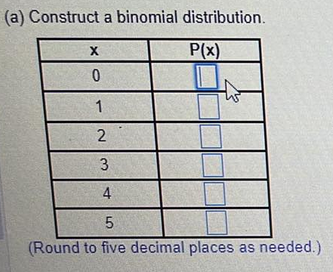Option 4: Conduct an Oral History
For this assignment, you will have an opportunity to conduct an oral history with someone to learn about their immigration experience.
Find someone who you think be a good storyteller. You may interview someone you know or who you are related to if you like, but it may be easier to come up with questions for (and ask questions of) a person you don’t know as well. You must select someone willing to have their interview transcribed and published – so be transparent about the assignment and you intentions.
Background research:
You will need to know some basic facts about the country from which they immigrated as well as the time period in which they came to the US, both to create a good list of questions as well as provide a little context for their story, so do some research on dates and events. Use trusted academic sources (reference texts, academic books, academic journals), not Wikipedia, newspapers, magazines, or blogs. You will be citing your sources in a bibliography.
Create a list of interview questions
:
After conducting your background research, create a list of about 15-20 questions. Aim for a few simple questions, with the majority being open-ended questions (i.e., Ones that cannot be answered with simply a “yes”, or “no”).
Conduct and record the Interview
Aim for 20-30 minutes Less and you may not have much work with, more and you may have too much. Too much is good; not enough is bad. If this is someone you have safe access to and thus can interview them in persona, bring a backup method for recording just in case your first one fails. Otherwise, try to use something like Zoom or different software that gives you a comparable “face to face’ experience. If possible, also take some handwritten notes during the interview, recording things that might not otherwise be apparent via audio (such as facial expressions, body language, etc.) – this type of visual information is also important.
Transcribe the Interview:
Type up both your questions and interviewee’s answers word-for-word. It is tedious. It is time-consuming. It is also necessary!
Write the “story” or narrative
Provide a short introduction, briefly explaining who was interviewed and any background information you think is necessary to understand the story (including details about the individual or historical facts). Then, using your interview transcription, tell this immigration story as completely as you can in the interviewee’s own words. Your goal is to crat a narrative that is mostly about the interviewee and their experience, so use a lot of direct quotes from the interview

